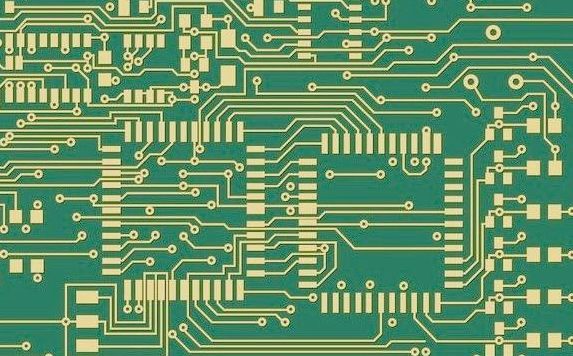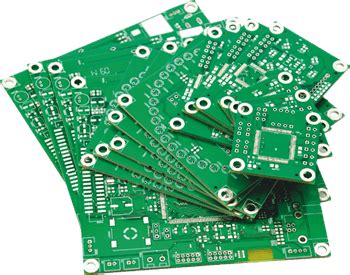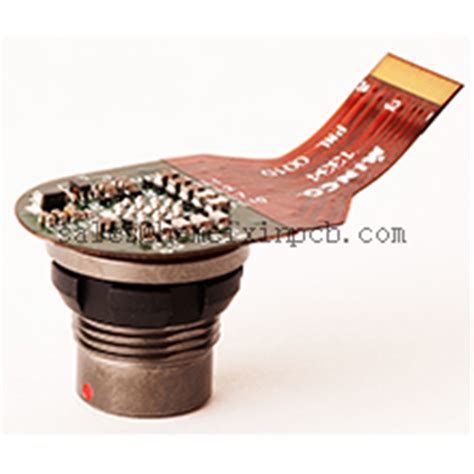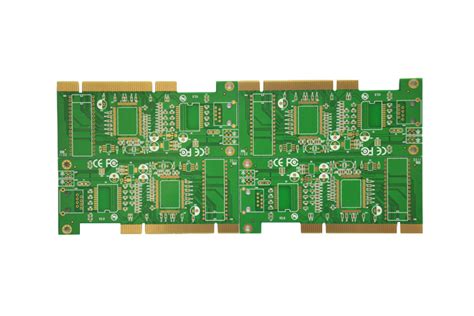Problems that are easily overlooked in PCB design
1.What is the principle for properly selecting the grounding point of the PCB copy board and the shell?
The principle for selecting the grounding point of the PCB copy board and the shell is to use the chassis ground to provide a low-impedance path for the return current and control the path of this return current. For example, usually near high-frequency devices or clock generators, the ground layer of the PCB copy board can be connected to the chassis ground by fixing screws to minimize the entire current loop area, thereby reducing electromagnetic radiation.
2.In high-speed PCB design, the blank area of the signal layer can be copper-plated, and how should the copper-plated layers of multiple signal layers be allocated for grounding and power supply?
Generally, the copper-plated areas in the blank areas are mostly grounded. However, when copper-plating next to high-speed signal lines, attention should be paid to the distance between the copper-plated and the signal lines, because the copper-plated will reduce the characteristic impedance of the trace a little. Also, be careful not to affect the characteristic impedance of other layers, such as in the dual strip line structure.

3.Can the automatic generation of test points by software on high-density PCB boards generally meet the test requirements of mass production?
Generally, whether the test points automatically generated by the software meet the test requirements depends on whether the specifications for adding test points meet the requirements of the test equipment. In addition, if the routing is too dense and the specifications for adding test points are strict, it may not be possible to automatically add test points to each line. Of course, you need to manually fill in the places to be tested.
4.Will adding test points affect the quality of high-speed signals?
As for whether it will affect the signal quality, it depends on the way the test points are added and how fast the signal is. Basically, the additional test points (without using the existing vias (via or DIP pins) on the line as test points) may be added to the line or a small line may be pulled out from the line. The former is equivalent to adding a very small capacitor to the line, and the latter is an additional branch. Both of these situations will have some impact on the high-speed signal, and the extent of the impact is related to the frequency speed of the signal and the edge rate of the signal. The size of the impact can be known through simulation. In principle, the smaller the test point, the better (of course, it must meet the requirements of the test equipment) and the shorter the branch, the better.
5.When several PCBs form a system, how should the ground wires between each copy board be connected?
When the signals or power supplies between the interconnected PCB boards are in operation, for example, when the power supply or signal from board A is sent to board B, there will be an equal amount of current flowing back from the ground layer to board A (this is Kirchoff current law). The current on the ground layer will flow back to the place with the lowest impedance. Therefore, at each interface where the power supply or signal is connected to each other, the number of pins allocated to the ground layer cannot be too small to reduce the impedance, which can reduce the noise on the ground layer. In addition, the entire current loop can be analyzed, especially the part with large current, and the connection method of the ground layer or ground wire can be adjusted to control the flow of current (for example, create low impedance at a certain place to let most of the current flow from this place) to reduce the impact on other more sensitive signals.

6.Can you introduce some foreign technical books and materials on high-speed PCB design?
At present, the application of high-speed digital circuits includes communication networks and computers and other related fields. In the field of communication networks, the operating frequency of PCB boards has reached around GHz, and the number of layers is as many as 40 as far as I know. Computer-related applications have also been improved by the advancement of chips. Whether it is a general PC or a server, the highest operating frequency on the board has reached 400MHz (such as Rambus). In response to the demand for high-speed and high-density routing, the demand for blind/buried vias, mircrovias and build-up process technology is gradually increasing. These design requirements can be mass-produced by manufacturers.
7.Two commonly referenced characteristic impedance formulas:
Microstrip Z={87/[sqrt(Er+1.41)]}ln[5.98H/(0.8W+T)] Where W is the line width, T is the copper thickness of the routing, H is the distance from the routing to the reference plane, and Er is the dielectric constant of the PCB copy board material. This formula can only be applied when 0.1<(W/H)<2.0 and 1<(Er)<15.
Stripline Z=[60/sqrt(Er)]ln{4H/[0.67π(T+0.8W)]} Where H is the distance between the two reference planes, and the trace is located in the middle of the two reference planes. This formula can only be applied when W/H<0.35 and T/H<0.25.
8.Can a ground wire be added in the middle of the differential signal line?
Generally, a ground wire cannot be added in the middle of the differential signal. Because the most important point of the application principle of differential signals is to utilize the benefits brought by the mutual coupling (coupling) between differential signals, such as flux cancellation, noise immunity, etc. If a ground wire is added in the middle, the coupling effect will be destroyed.
9.Does the design of rigid-flexible PCB require special design software and specifications? Where can I undertake the processing of this type of circuit board in China?
You can use general PCB design software to design flexible circuit boards (Flexible Printed Circuit). The same Gerber format is used for FPC manufacturers to produce. Since the manufacturing process is different from that of general PCB, each manufacturer will have its own restrictions on the minimum line width, minimum line spacing, and minimum aperture (via) according to their manufacturing capabilities. In addition, some copper foil can be laid at the turning point of the flexible circuit board for reinforcement. As for the manufacturer, you can search for “FPC” as a keyword on the Internet and you should be able to find it.
10.Which aspects should be considered for circuit board debugging?
as for digital circuits, first determine three things in order:
1. Confirm that the size of all power values meets the design requirements. Some systems with multiple power supplies may require certain specifications for the order and speed of certain power supplies.
2. Confirm that all clock signal frequencies are working properly and there is no non-monotonic problem on the signal edge.
3. Confirm whether the reset signal meets the specification requirements. If all these are normal, the chip should send the first cycle signal. Next, debug according to the system operation principle and bus protocol.






